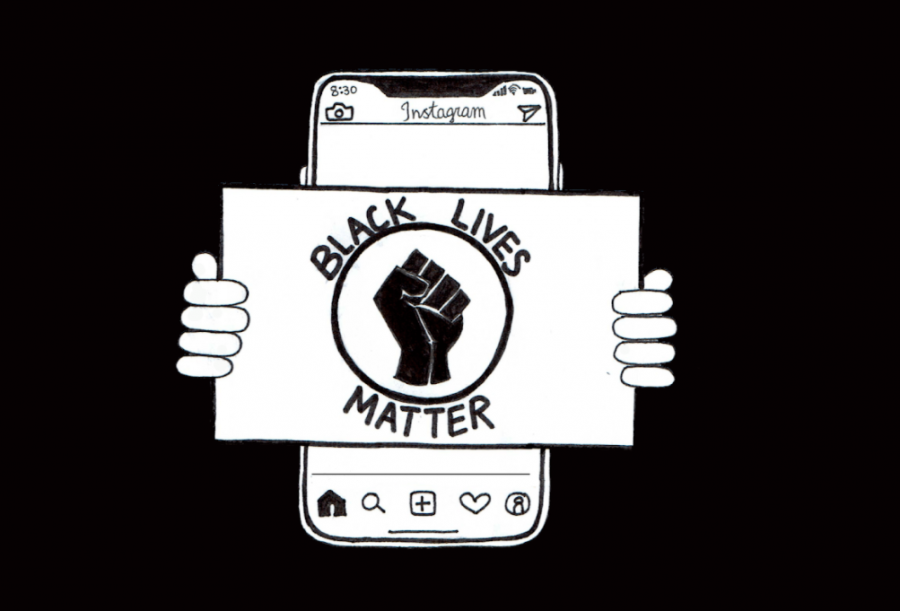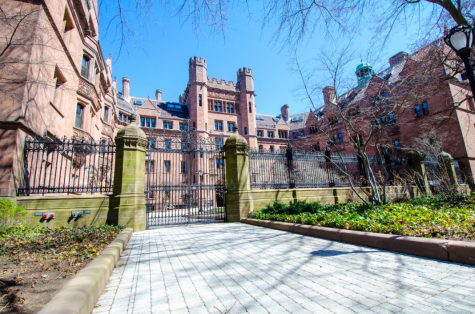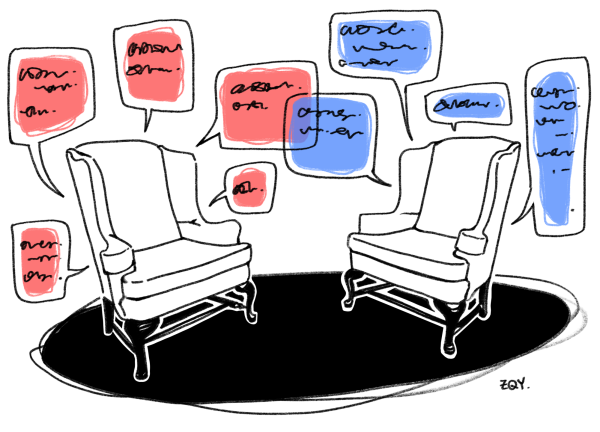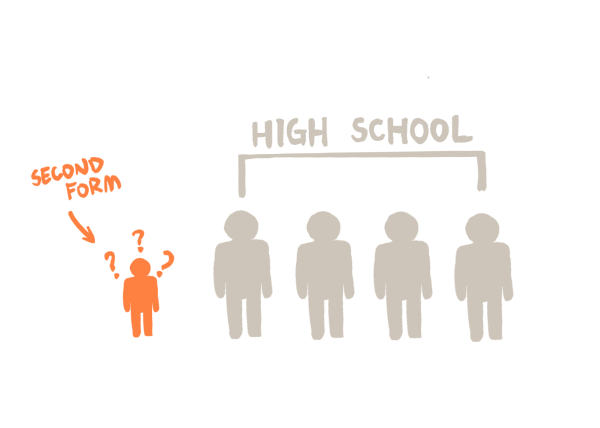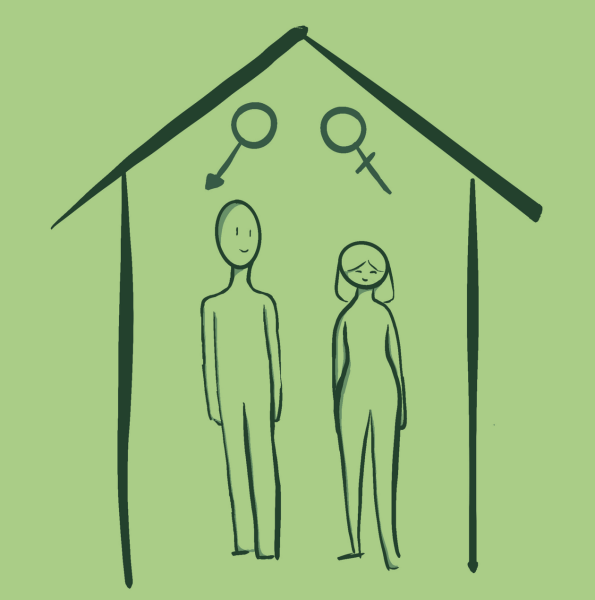Performative Activism May be the Hero We Never Knew Was Needed
Since the start of the summer and the resurgence of the Black Lives Matter (BLM) movement, you may have seen classmates, friends, and family taking to social media to express their support for various causes. Especially on Instagram, nearly all of our feeds and stories have been flooded by reposts of popular infographics, quotes, black squares, and social justice “challenges”—actions that, today, are all considered activism. While this behavior was initially expected and even praised, what we now call “performative activism” is being widely condemned for its purely presentative, substanceless, and self-serving nature. Those who practice it are accused of exploiting a movement for personal gain, as well as implicitly devaluing the gravity of a social issue. However, the notion that performative activism is inherently harmful to society lacks substantive support, and is posed primarily from a morally subjective standpoint. In reality, the success of a movement does not heed morality—action and outcome are all that truly matter in fomenting progress.
If the sheer “trendiness” of a movement is incentive enough to encourage millions to take action (e.g. signing petitions, donating money, etc.), why should one criticize the motive inspiring the outcome? Regardless of the presence of ulterior motives, performative activism as a form of expression should be valued equally to well-purposed advocacy as long as the outcome is the same. Still, I must establish a distinction: while performative activism in isolation may not pose any harm, in order for it to aid the greater good, it must be complemented by tangible action.
If anything, the performative nature of networked activism poses certain benefits, such as facilitating the popularization of a movement. This allows it to gain traction and enter the mainstream quickly: for the first few years of the BLM movement’s existence, it was considered by a majority to be a radical idea. Progress in gaining support was initially slow but noticeably skyrocketed with the rise of activism on social media in 2020. In April of 2017, 37% of voters polled supported BLM, in contrast to the 52% in June 2020, according to surveys conducted by Civiqs.com.
Interestingly, the killings speculated to have sparked this upswing in support (Ahmaud Arbery, Breonna Taylor, and George Floyd) occurred days to months prior to that increase. The bridge between these events and the protests was the publicization and dissemination of information surrounding the killings (i.e. reposting or sharing, two inherently performative acts) via social media. While the widespread popularization of the BLM movement during this time cannot be attributed to social media alone, it played a role in making the movement more mainstream than before. This outcome would have been just as attainable if the reposts were motivated by self-interest and pretense, as opposed to unfeigned concern or devotion.
A popular example today of the supposed “danger” and “futility” of performative activism is June’s Blackout Tuesday, a day initially designed to amplify the voices of Black artists by momentarily silencing the rest of the industry. By bringing the movement to Instagram, users simply had to post a black square under the hashtag #blackouttuesday to participate. However, as the day progressed, many individuals who posted expressed increasing disapproval for the #blackouttuesday movement, underscoring its superficiality and performative nature. However, in arrogating that performative activism is inherently evil, many failed to recognize Blackout Tuesday’s underlying merits. Despite the meaninglessness of a black square, the collective efforts of 28 million participants did scale-up support and awareness for BLM, consequently encouraging participants to find ways to support the movement outside of social media.
ActBlue, the leading site to process online donations for Democratic causes, broke its one-day donation record on Blackout Tuesday, raising $41 million in 24 hours. If the black squares alone were able to amass the support needed to raise this money, the performative means through which this result was obtained is entirely unimportant. On the contrary, because of the swift condemnation of the disingenuous nature of the trend, more people may have been forced to reconsider the motives behind their activism and shift their focus to taking direct action. While the lesson we learned from the “failed trend” of Blackout Tuesday should not have been expected or required to incite progress, #blackouttuesday nonetheless does not deserve the criticism it so often faces—in this case, perhaps the end truly did justify the means.
Though performative activism may appear solipsistic from an individual scope, the aggregate of these acts ultimately poses the same benefits as altruistically-motivated activism. The fact that movements like Black Lives Matter have gained enough support across social media to even be considered “trends” indicates the presence of some progress, whether that was induced by networked activism or simply perpetuated by it. Thus, if we are to set an example of ourselves and pave the way for systemic change, we must reconsider the merits of, and abandon the stigma behind, performative activism.
Editor-in-Chief


